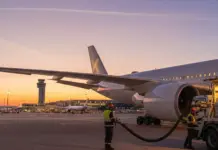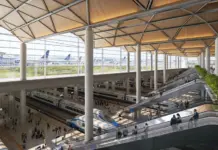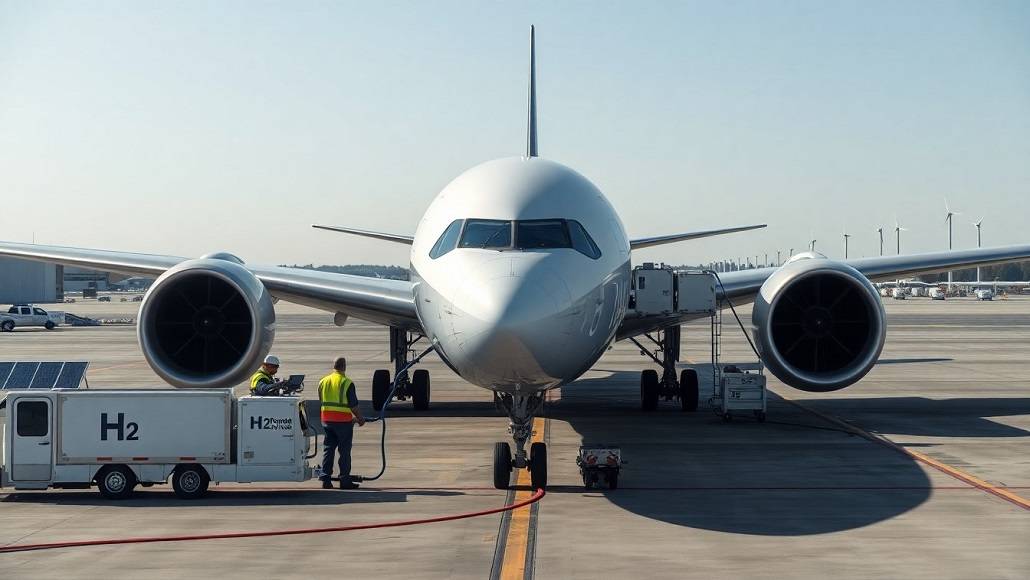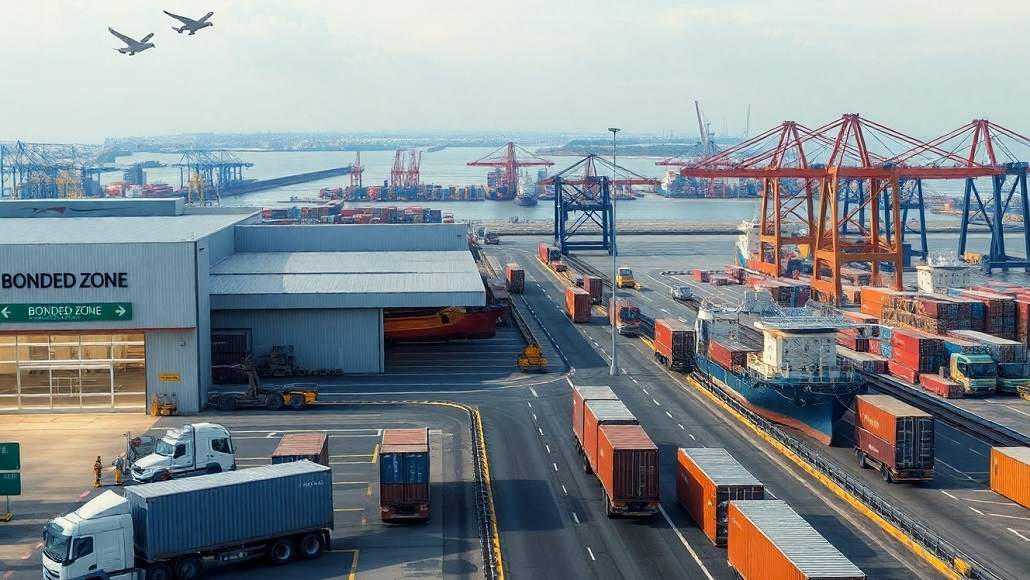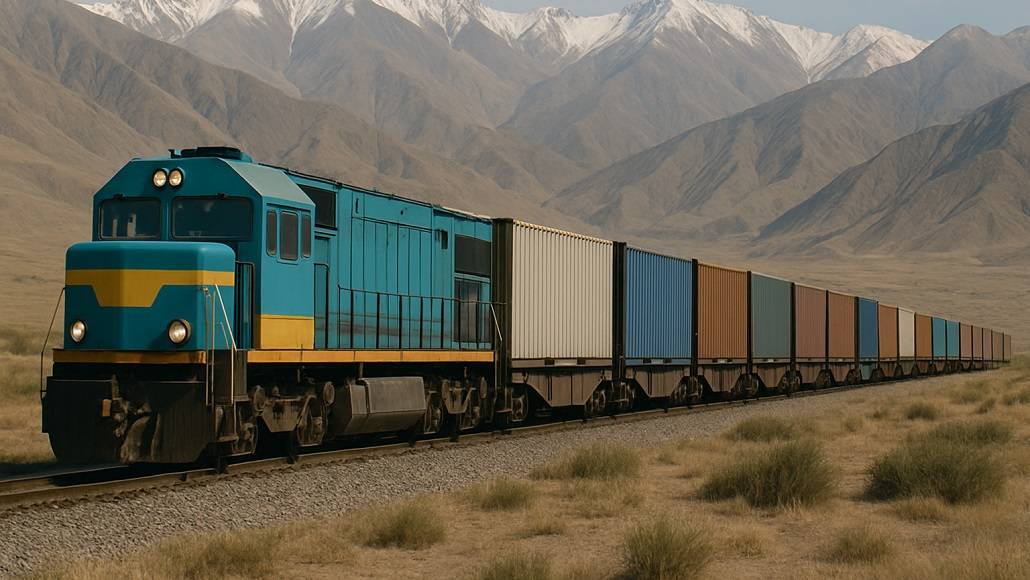China and Kazakhstan have agreed on a strategic agreement to improve railway connectivity and increase freight volumes through the Middle Corridor, also termed the Trans-Caspian International Transport Route (TITR).
China State Railway Group and Kazakhstan Temir Zholy (KTZ) signed a fresh Agreement on Comprehensive Strategic Cooperation superseding the former 2014 framework in the signing ceremony in Beijing. The fresh agreement shows approval of both countries’ shared interest in upgrading transport logistics and creating sustainable trade networks.
KTZ stated that the project is intended to further strengthen Kazakhstan as a logistic hub between East and West. It also highlights their shared goal of the development of the China-Kazakhstan Middle corridor, strengthening its competitive advantage as a China-Europe corridor for trade.
Rail commerce between China and Kazakhstan remains in the grip of a powerful momentum. From January to May 2025, volumes of freight weighed 14.2 million tonnes—up 11% year on year. Grain shipments rose especially forcefully, up 46% to 1.6 million tonnes. It reflects Kazakhstan’s growing importance both as a transit nation and a provider of strategic goods like agricultural products and raw materials.
One noteworthy infrastructure accomplishment of this cooperation is the new Zhetysu container terminal in Almaty. The container became operational on June 10. Built by Kazakhstan and China together, the terminal will ensure smooth handling of Chinese freight through both rail and road connections.
The terminal will serve as a primary node for consolidating cargo, making the China-Kazakhstan Middle Corridor a more effective trade corridor. The terminal is a milestone achievement in building multimodal infrastructure to support trans-Eurasian trade.
Kazakhstan’s continued focus on the modernisation of its transport network, combined with enhanced cooperation with China, is going to deliver long-term regional benefits. The deal is expected to further increase connectivity, facilitate robust supply chains, and make Eurasian routes more competitive.





